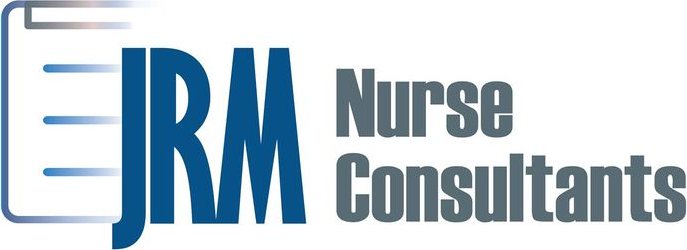As nurses, we have the ability to use compassion and genuinely want the best for our patients. We understand our patients and want to help them find the best treatment that will help them. There are also nurses and doctors who do not exercise cultural competence in what the patient’s beliefs and wishes are. As nurses, we have to validate our patients’ feelings of fear of not being able to provide for their families. Many hospitals have case managers who focus on the hospital losing money and allow patients to treat at their facility but if they do not have insurance, they are very quick to send them elsewhere. Many times when this happens, these case managers that are gatekeepers, are not thinking of the patient’s safety.
Social workers and nurse case managers are the peacemakers in these delicate situations, involving patient advocacy. A good nurse case manager will identify the problem right away and diffuse it so that the focus is back on the patient. Sometimes our culture in America imposes our beliefs on others thinking that they have to accept a specific method of treatment, but the reality is patients have a choice. If a choice is explained well to someone, they will make the right decision. We as healthcare providers have to explain things to the patient and family to help them understand and make an informed decision.
The skill that the staff needs to learn about caring for patients from other cultures is to remember that we as healthcare providers have to be sensitive to someone’s beliefs or culture. Just because they do things differently does not mean it is wrong, it is just different. We as healthcare providers have to be respectful (Barr & Dowding, 2012).
Cultural expectations were seen in my previous job while I was the manager of a team of nurses and social workers. There was a manager from England and then there was myself, of Hispanic background. The majority of my team was from a different culture. There was a nurse on my team who was great, but she spoke with a thick island accent, however her patients loved her. The other manager like myself was from England. During a case presentation, the other manager stated how hard it was to understand her and she should not present again. I stated that was not a fair statement because she presented cases and her skills and case were valid. The other manager did not reply to my statement verbally but she made herself known by challenging everything I said in the future. It is instances like this that discourage people from staying in jobs.
References
Barr, J., & Dowding, L. (2012). What makes a leader? Leadership in healthcare (2nd ed., pp. 32-44). [Vital Source Bookshelf]. http://dx.doi.org/ Retrieved from







